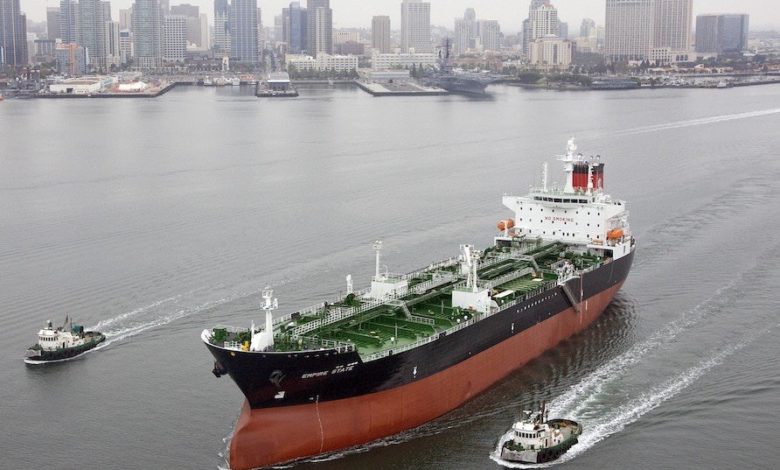
Following a seasonal surge in December 2017, the US seaborne export of oil products reached the highest annual level ever, in terms of volume and tonne miles demand, according to a new report from shipowner organisation, BIMCO. An increase in volume, combined with a marginal increase in the average sailing distance, caused the total annual tonne miles demand to surpass the previous high set in 2013.
BIMCO’s chief shipping analyst Peter Sand commented: “The development in US seaborne exports of oil products during the last 10 years have been highly beneficial for the oil product tanker shipping industry, as a larger share of the total US oil products is transported via the sea. Since 2010 the volumes have tripled and now amounts to 10% of the world seaborne oil product trade”.
Sand predicted the markets for product tankers will improve this year with better market fundamentals for both demand and supply.
Still, the oil product tanker sector may only breakeven in 2018, if demand growth is low throughout the year, Sand predicted.
The US seaborne exports of oil products saw an annual increase in tonne mile demand of 9% with both volumes and average sailing distances increasing. Singapore, the top 20 importer with the furthest sailing distance from US ports exporting oil products, generates 15.8% of the total tonne miles, despite only importing 4.7% of all US seaborne exports of oil products.
Sand, one of shipping’s most respected analysts, will kick off the Maritime CEO Forum in Singapore in one week’s time with an interactive Q&A session.
